Understanding the Intake Air Temperature Sensor
The intake air temperature (IAT) sensor is a crucial component in modern vehicles’ engine management systems. This small but important device measures the temperature of the air entering the engine and provides that information to the engine control module (ECM). The ECM uses this data to fine-tune various engine parameters, such as fuel injection timing and the air-fuel mixture ratio for optimal performance and efficiency.
Understanding the function of the IAT sensor is essential for vehicle owners, particularly those who want to ensure their vehicles operate smoothly. A properly functioning IAT sensor helps improve fuel efficiency, reduces emissions, and enhances overall engine performance. If this sensor malfunctions, it can result in significant performance issues, including inefficient fuel consumption and even damage to the engine over time. Recognizing the signs of a failing IAT sensor can lead to timely repairs and help prevent more serious problems down the road. This article outlines seven key signs that suggest it may be time to replace your intake air temperature sensor to keep your vehicle in optimal condition.
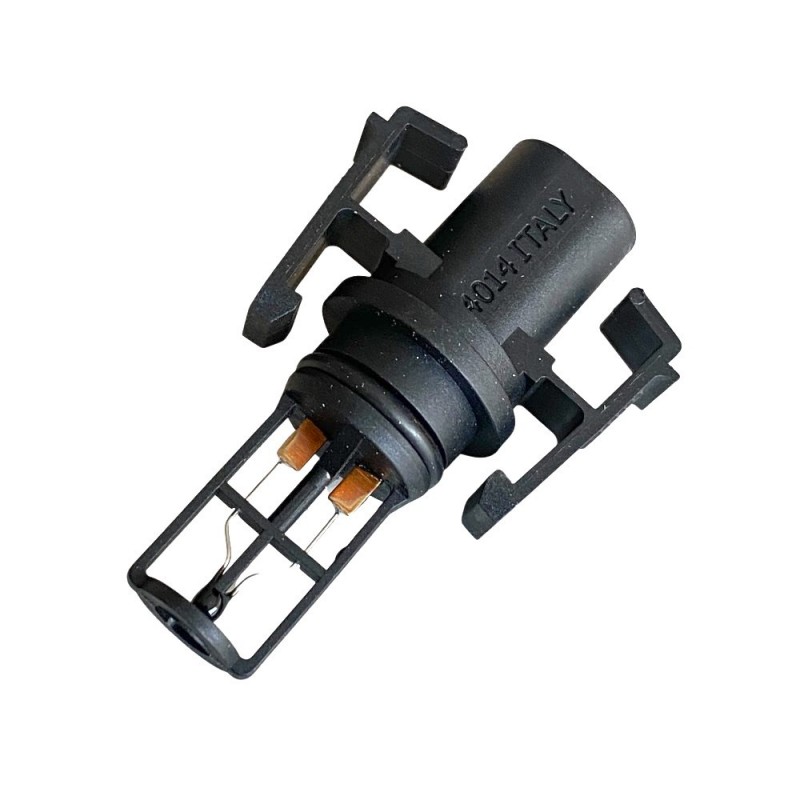
Sign 1: Check Engine Light Activates
The First Indicator of Trouble
One of the most common and unmistakable signs that your intake air temperature sensor may be failing is the illumination of the check engine light. This light serves as an early warning system for various potential issues within the vehicle’s engine and emissions systems. The onboard diagnostics system continuously monitors various vehicle components, including the IAT sensor. If the system detects abnormal readings or inconsistencies from the sensor, it triggers the check engine light, alerting the driver to a potential issue.
While a lit check engine light could indicate various problems, it is crucial not to ignore it. Many drivers make the mistake of dismissing this warning or hoping it will go away. Ignoring the check engine light can lead to more severe engine issues and costly repairs. When this light activates, it is wise to have your vehicle diagnosed promptly. A professional mechanic can use a diagnostic scanner to read the specific error codes related to the IAT sensor, providing crucial insight into the underlying problem. Early diagnosis can often be the key to preventing minor issues from developing into major, expensive repairs.
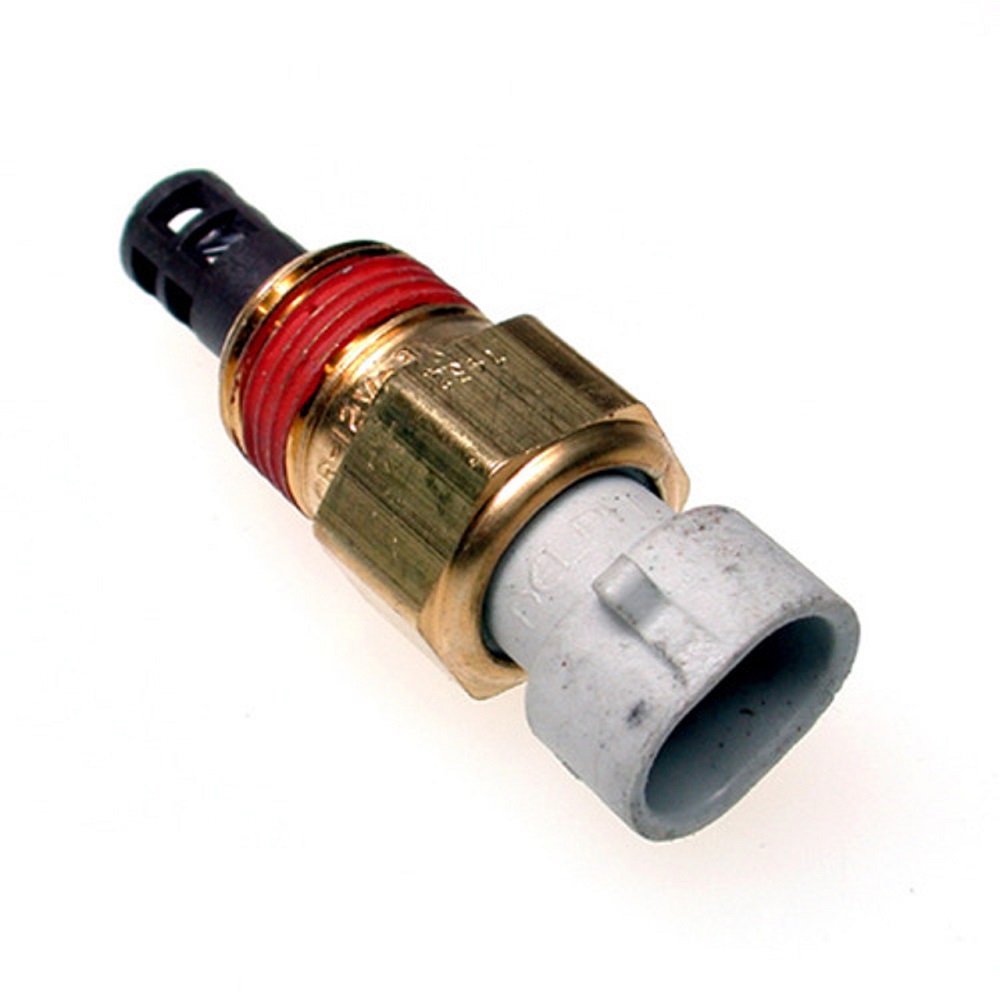
Sign 2: Poor Fuel Economy
Increased Fuel Consumption
Another significant sign that your intake air temperature sensor may need replacement is noticeable changes in fuel economy. A malfunctioning IAT sensor can disrupt the delicate balance of the engine’s air-fuel mixture. When the sensor provides incorrect air temperature information, it can cause the engine control module to make improper adjustments. This results in excessive fuel consumption. You might find that you are filling up your gas tank more frequently. This not only disrupts your financial plans but also indicates that the sensor is not accurately measuring the incoming air temperature.
A drop in fuel economy can strain your budget and indicates that your vehicle is not operating efficiently. Continually high fuel prices can be frustrating, and discovering that your vehicle’s performance is to blame only adds to the stress. Addressing the issue early can save you money at the pump and help maintain a healthy engine. If you suspect that your IAT sensor is responsible for your diminishing fuel efficiency, it is essential to have it checked as soon as possible. Early intervention not only helps restore your vehicle’s efficiency but also improves your overall driving experience.
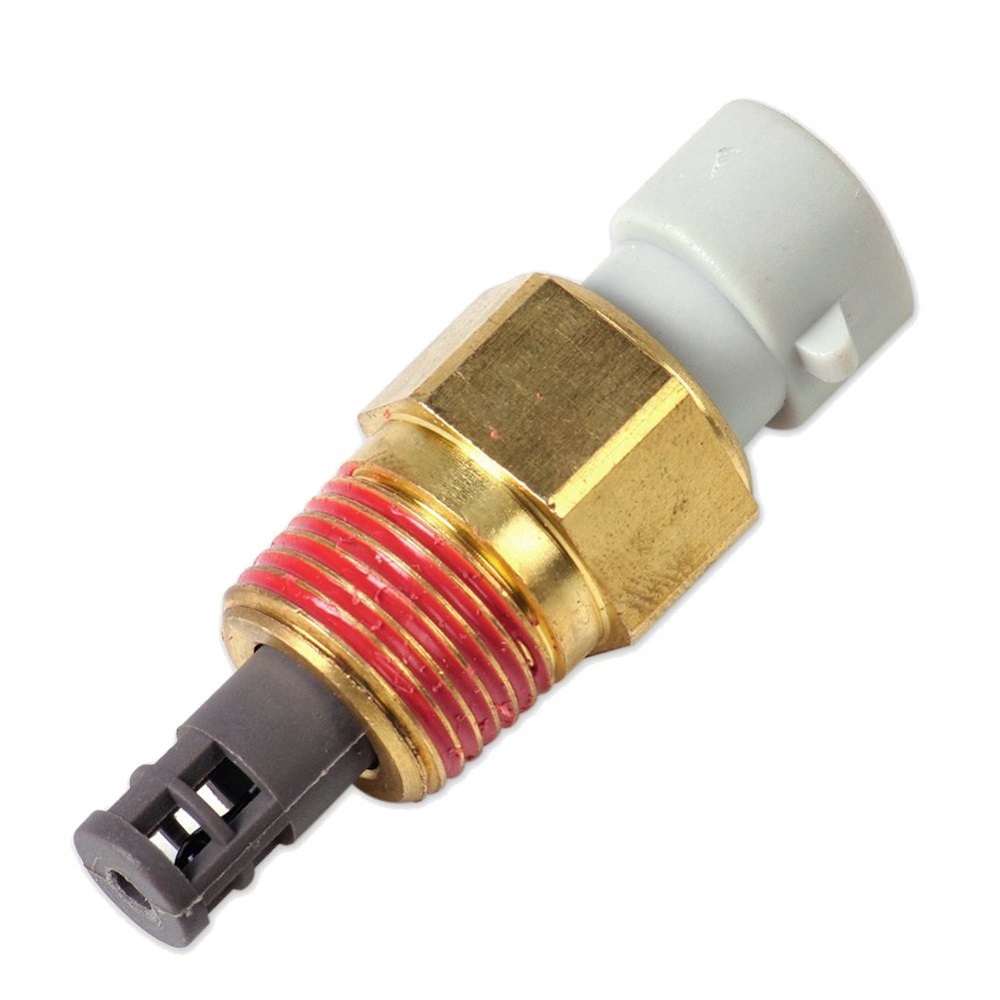
Sign 3: Engine Performance Issues
Struggling for Power
In addition to poor fuel economy, a failing intake air temperature sensor can lead to noticeable engine performance issues. Drivers may experience lack of power, sluggish acceleration, or difficulty maintaining speed. If the IAT sensor sends erroneous readings to the engine control module, the engine may not receive proper adjustments. This can lead to less responsive performance. You might notice that your vehicle struggles to reach high speeds or accelerates more slowly than usual, raising concerns about its reliability.
Furthermore, a miscalibrated air-fuel ratio due to a malfunctioning IAT sensor can also result in rough idle or erratic engine behavior. This inconsistency can be frustrating and alarming for drivers, especially when trying to navigate busy highways or make sudden stops. Poor performance can negatively affect your driving experience and compromise your safety on the road. If your vehicle feels sluggish and struggles to perform at its usual levels, it may be wise to have the IAT sensor checked and, if necessary, replaced as soon as possible.
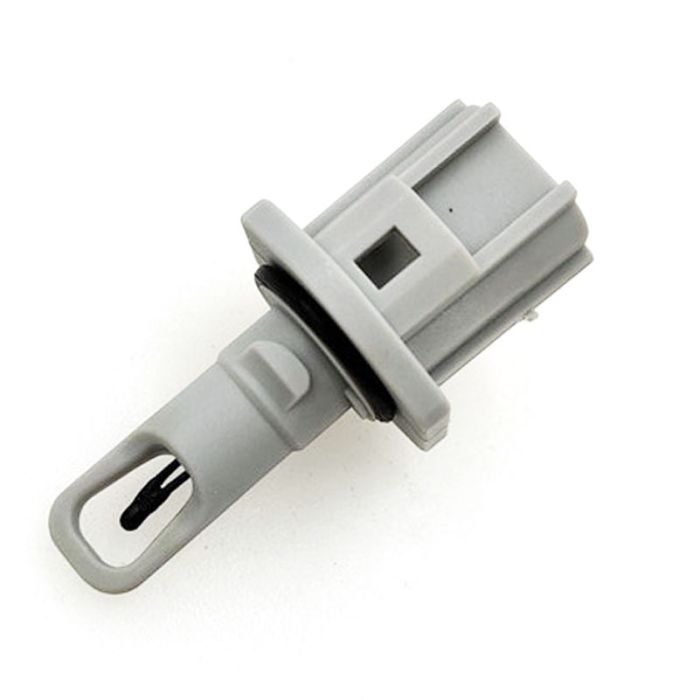
Sign 4: Overheating Engine
A Critical Warning Sign
An overheating engine is a critical warning sign that should never be overlooked. It can indicate several problems, including a malfunctioning intake air temperature sensor. When the IAT sensor provides inaccurate readings, the air-fuel mixture can become unbalanced. This often results in a rich fuel mixture, causing excess fuel to enter the combustion chamber. Such inefficiency generates additional heat, which can lead to engine overheating. If not addressed immediately, this situation can cause serious damage.
If you notice that your engine temperature gauge is climbing higher than normal or if you detect steam or unusual smells coming from under the hood, it’s crucial to stop driving immediately. Continued operation could lead to catastrophic engine damage, such as blown gaskets or warped cylinder heads. Checking the intake air temperature sensor might help diagnose the problem. While it may not be the only reason for overheating, addressing issues related to the IAT sensor is essential for stabilizing engine temperature and improving performance. Ignoring warning signs could lead to extensive and costly repairs down the line.
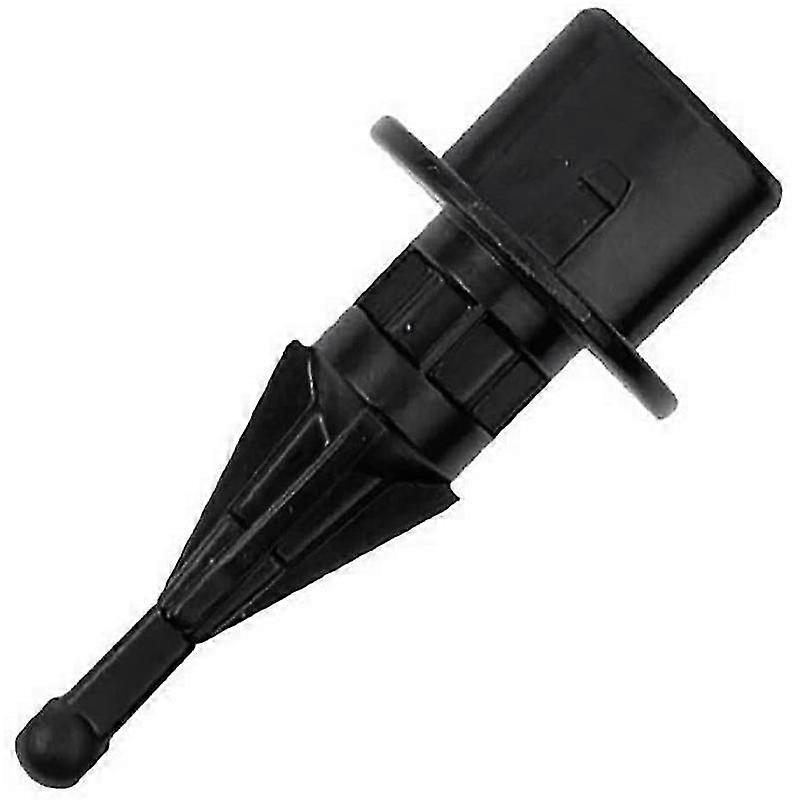
Sign 5: Rich or Lean Fuel Mixture
Engine Misbehavior
A failing intake air temperature sensor can significantly affect the air-fuel ratio, leading to either a rich or lean fuel mixture. When the sensor malfunctions, it may send incorrect data to the engine control module, resulting in an improper fuel delivery. An overly rich mixture contains too much fuel relative to air, while a lean mixture has insufficient fuel. Both conditions can lead to detrimental engine issues that affect performance and efficiency.
If your engine runs rich, you may observe excessive exhaust fumes, a strong gasoline smell, diminished power, and increased wear on spark plugs. Conversely, a lean mixture can result in engine misfires, knocking sounds, and reduced acceleration capabilities. Both scenarios not only compromise performance but can also lead to long-term damage to engine components. Pay attention to these signs; if you notice any abnormalities or symptoms related to fuel mixture imbalances, it is wise to have the IAT sensor assessed by a qualified technician without delay. Reacting in a timely manner can significantly reduce the risk of costly repairs.
Sign 6: Difficulty Starting the Engine
Trouble Getting Going
Experiencing difficulty starting the engine can also indicate an issue with the intake air temperature sensor. If this sensor is malfunctioning, it may fail to provide accurate information necessary for the engine control module to efficiently mix air and fuel during startup. As such, drivers might encounter prolonged cranking times, engine sputtering, or even a complete failure to start. These issues can be particularly troublesome, especially on cold mornings when reliable start-up is most critical.
Facing difficulties when trying to get your vehicle running is frustrating, particularly if you have commitments or appointments to attend. The potential for getting late or immobilized can adversely affect your day. If your vehicle consistently struggles to start, the IAT sensor could be a contributing factor that should be investigated. Seeking assistance from a professional mechanic can help diagnose the situation and determine if the intake air temperature sensor needs to be replaced to restore proper function.
Sign 7: Unusual Engine Sounds
Listening for Changes
Finally, be attentive to any unusual sounds coming from the engine compartment. A failing intake air temperature sensor can lead to imbalances in the air-fuel mixture, resulting in irregular combustion. You may hear knocking, pinging, or other abnormal noises indicating underlying problems. These sounds can serve as a warning of potential issues and as a guide to understanding your vehicle’s operational health.
While some engine noises can be normal, consistent and unusual sounds should not be overlooked. An engine that is misfiring or experiencing abnormal combustion can indicate serious mechanical issues. Listening to these sounds and monitoring changes can provide valuable information for diagnosing problems or discussing issues with a mechanic. If you notice any irregularities, addressing the problem early can prevent further engine damage and save you from costly repairs.
Conclusion: Taking Action for Your Vehicle
In conclusion, the intake air temperature sensor is vital for maintaining your vehicle’s engine performance and fuel efficiency. Recognizing the signs that indicate a failing IAT sensor can save you time, money, and stress. From a lit check engine light to poor fuel economy and unusual engine noises, these indicators signal that you need to take action.
If you suspect a malfunctioning intake air temperature sensor, do not hesitate to seek professional help. Having your vehicle diagnosed and repaired promptly will ensure optimal engine performance and longevity. Regular maintenance checks can also help prevent issues with the IAT sensor and other vital components of your vehicle. By taking a proactive approach to vehicle care, you can enjoy reliable and efficient performance, ultimately enhancing your driving experience while protecting your investment. Paying attention to these signs and acting on them will keep your vehicle running smoothly for years to come.
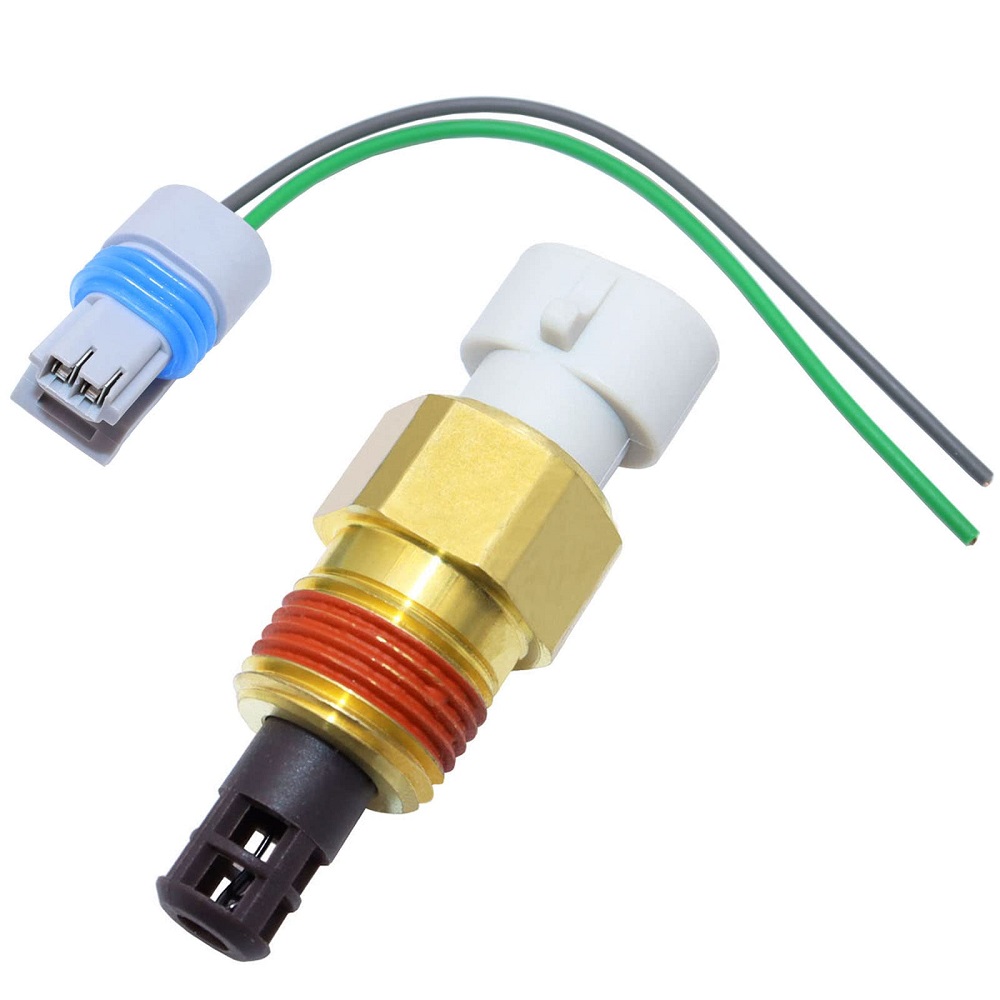
Leave a Reply